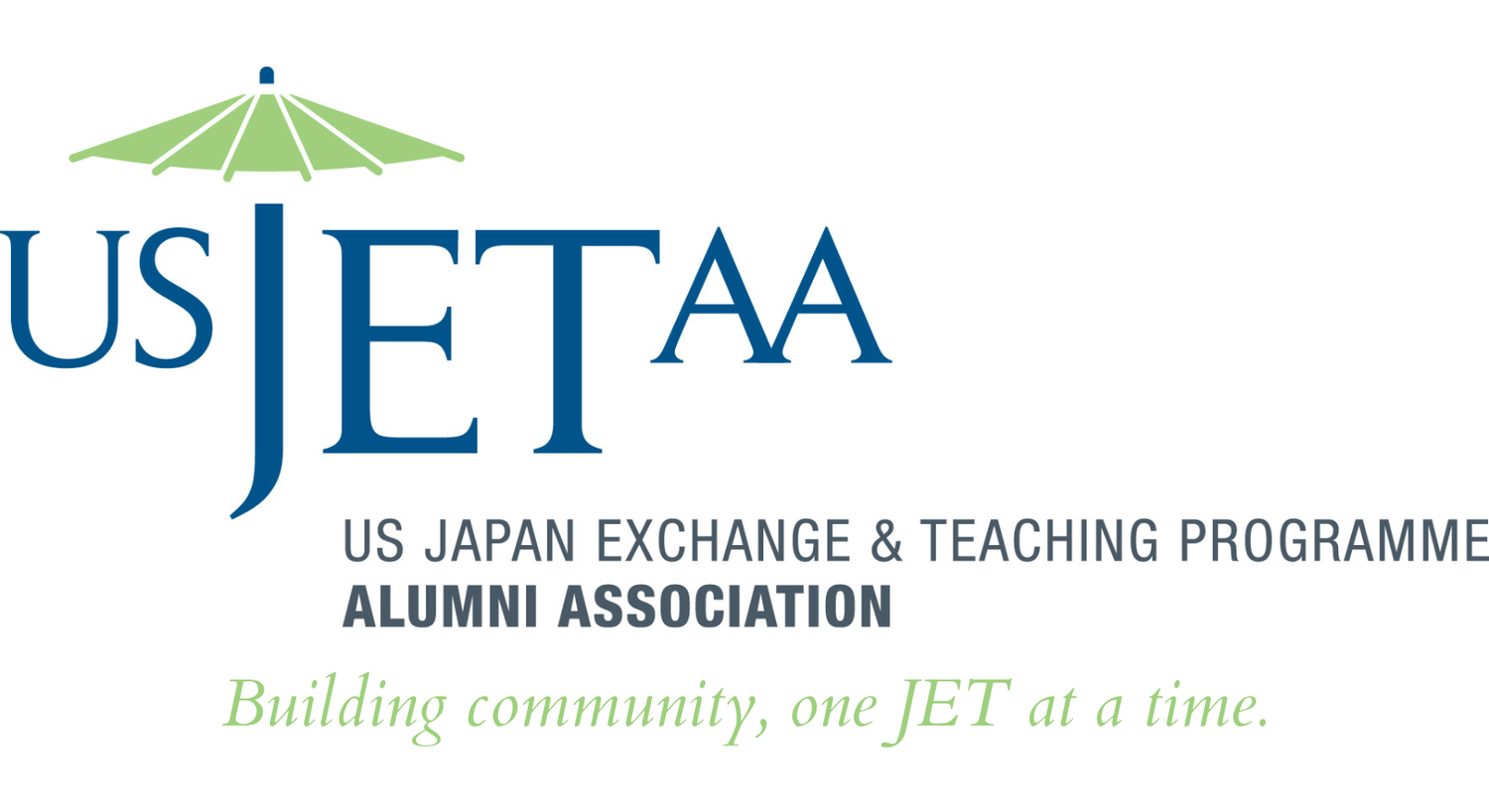Episode 20: Interview with Stephanie Simpson-White (Toyama-ken, 2006-09)


 Did you pick up any of the regional dialects? What are some of your favorite words or phrases?
Did you pick up any of the regional dialects? What are some of your favorite words or phrases?
I did, which is funny because I didn't particularly set out to learn Toyama-ben, but discovered I had absorbed some quite by accident. And to this day it pops out sometimes without my noticing! 富山行かんまいけ?
If you were to return to live in Japan, would you choose to live in that same prefecture? (Or in your case you can talk about where you are living in Japan now)
Hmm... I think if I were to return to live in Japan, I would probably want to be in Osaka or somewhere in Kansai. But I would definitely want to be able to visit Toyama. A part of my heart will always reside in the Hokuriku region. There are many similarities to New England, which makes it an easy place to live for me.
 How has your connection in relation to Japan changed since living in Japan?
How has your connection in relation to Japan changed since living in Japan?
Since returning, every job I've held or company I've worked for has had at least some connection to Japan. I've also been active in my local JET Alumni and Japan America Society chapters. Before Covid-19, I would visit Japan once a year to attend events, and I still work as an interpreter occasionally in my free time. My connection to Japan has never strayed far, and I don't imagine that will change anytime soon!


